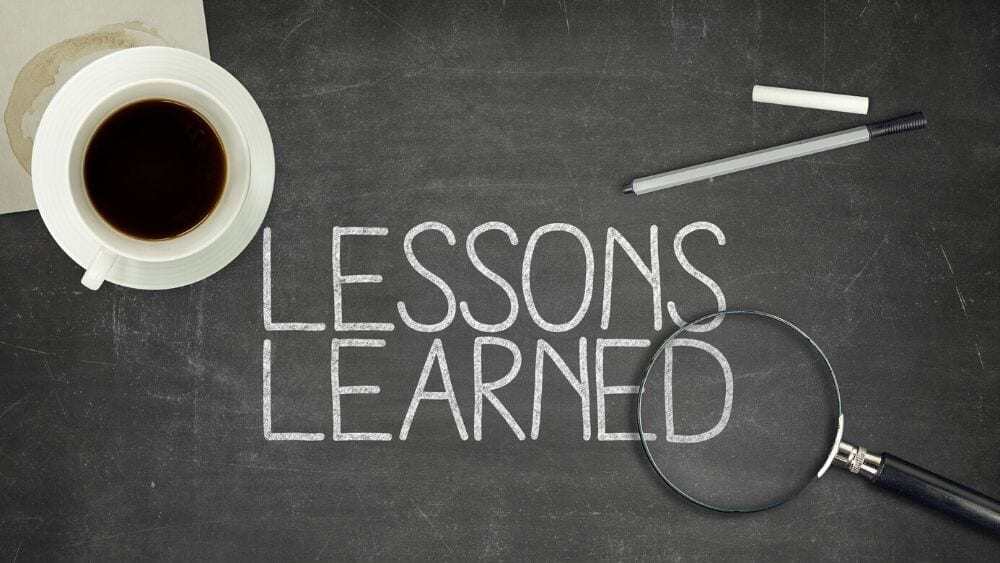Do You Qualify Mid-Level Donors?
As you may already know, part of the Veritus Way of major gifts is to make sure you ONLY have qualified donors in your portfolio. (You can learn more...
3 min read
Richard Perry and Jeff Schreifels : August 31, 2016

 This is the first in a five-part series called How a Caseload Grows Over Time. There are two reasons it is very important for major gift officers to understand how this works:
This is the first in a five-part series called How a Caseload Grows Over Time. There are two reasons it is very important for major gift officers to understand how this works:
In this series, I am going to cover these five points:
Please remember that this information, while sometimes technical, will address the key question you face as a MGO: “Are you doing any good? Is this major gift thing really going to work?” And the answer will be “YES.” So hang in there with me as we process these points.
If you have been following what Jeff and I have written over the years, you know that one of the first things you need to do as a MGO is to build a caseload of qualified donors.
With very few exceptions, every active donor file we analyze has donor value attrition of between 40-60%, sometimes higher. This means that the same group of donors giving in one year will give 40-60% LESS in the next year! The only way to stop this value attrition is to put those donors, those who want to connect more personally with you, on a caseload that you will manage. This is what qualifying donors means: a process of finding those donors who want to connect and then working with them over time.
So you need to take your highest current givers, those with the highest capacity, through a process of qualification. This is how you build a core caseload. And here is how the donors on the caseload behave in the first few years IF you manage them properly:
The bottom line of all of this good news is that you are, over time, creating a very healthy and robust group of donors who are staying with you and giving more. And you are developing a group of donors from which you will find and cultivate those select few who will want to give transformational gifts, a topic I will address later.
So this is how you need to think about your caseload – a group of donors who perform counter to the organizational downward trend – a pool of donors who contribute current revenue to the organization at a ratio of expense to income better than other fundraising strategies – a pool of donors from which a select few will emerge who will give transformational gifts.
This is why Jeff and I call the well-managed caseload an incubator for transformational giving. It’s an incubator because as you are carefully cultivating each donor through well-applied donor management strategies and tactics, you are finding those donors who can and will give a transformational gift.
All of those strategies and tactics have one objective: to build relationship with the donor and to fulfill his or her interests and passions through your organization’s mission and programs.
Stay tuned as I develop these ideas in the blogs to come.
Richard
Read the whole series:

As you may already know, part of the Veritus Way of major gifts is to make sure you ONLY have qualified donors in your portfolio. (You can learn more...
You have likely been in the situation where a current or new donor reaches the $500+ cumulative level of giving, and either the MGO drops everything...

As we work with thousands of front-line fundraisers, our team at Veritus gets to see how The Veritus Way of mid, major and planned gifts works itself...